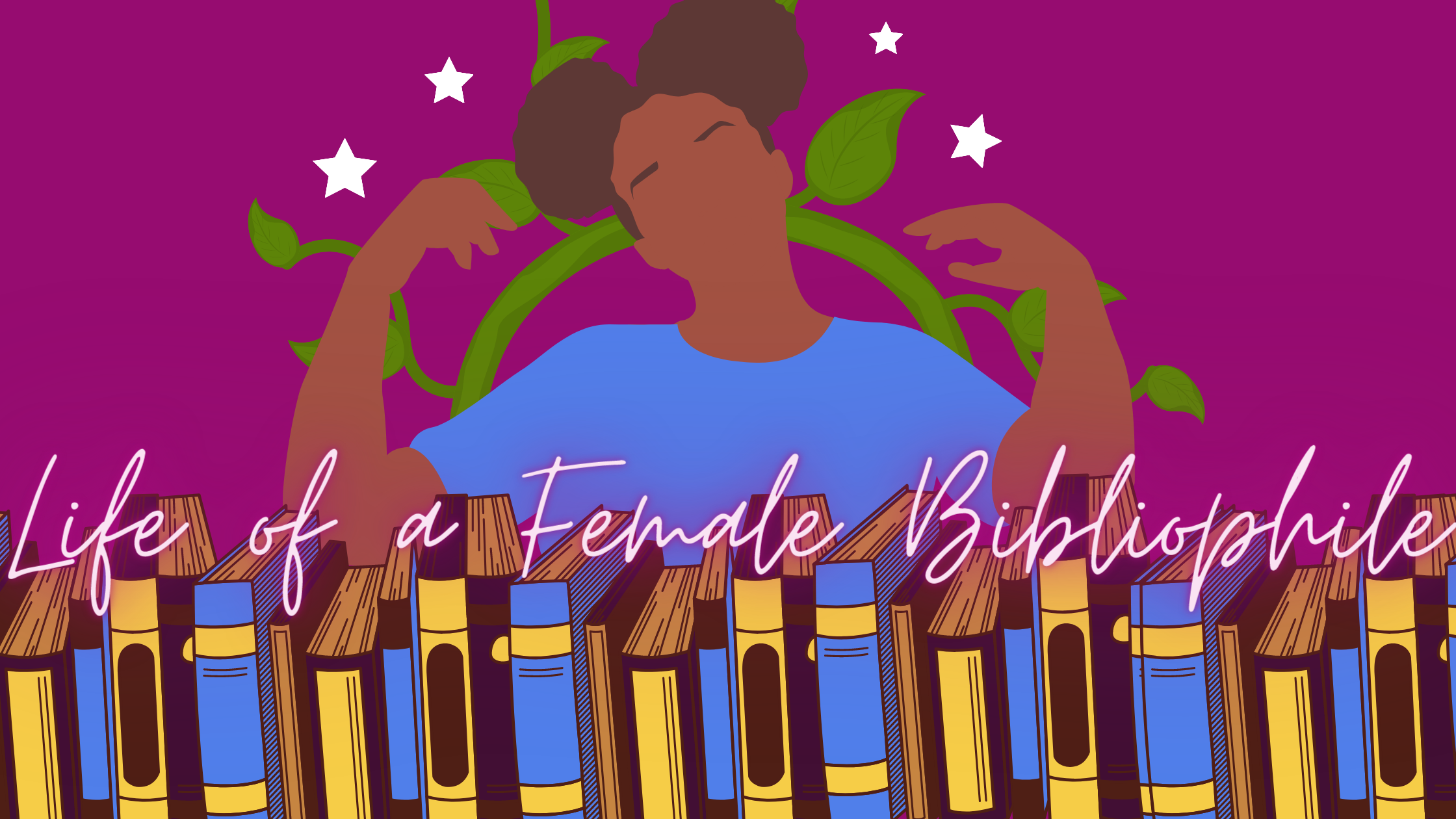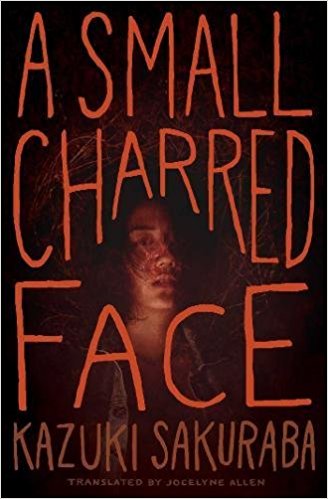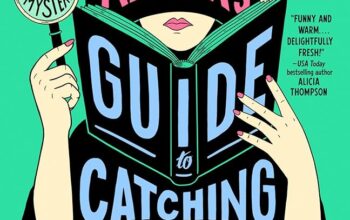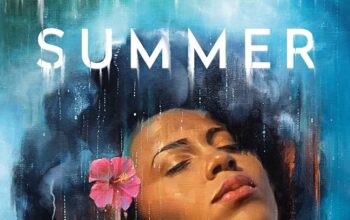Book Review: “A Small Charred Face” by Kazuki Sakuraba
“A Small Charred Face” by Kazuki Sakuraba (2017)
Genre: Fantasy, Paranormal, Horror
Page Length: 288 pages (paperback edition)
Synopsis:
Even monsters need families.
What are the “bamboo”?
They are from China.
They look just like us.
They live by night.
They drink human lifeblood, but otherwise keep their distance.
And every century, they grow white blooming flowers.
A boy name Kyo is saved from the precipice of death by Bamboo, a vampire born of the tall grasses. They start an enjoyable, yet strange shared life together, Kyo and the gentle Bamboo. But for Bamboo, communication with a human being is the greatest sin.(description from Goodreads)
Review:
One of my goals in the past couple of years has been to read more translated fiction. I set my eyes upon this one as the synopsis hooked me. Though vampire stories have been written time and time before, but A Small Charred Face is a bit different.
The story is told through the first perspective by Kyo, our narrator. He witness the death of his family and survives by the help of a bamboo (vampire) called Mustah who decides to take care of him. Joined by Yoji, another fellow bamboo, they take him under their wing until he turns eighteen,
The story starts out where Kyo is young and then readers watch him grow up as he lives with the bamboo. The concept for vampires in this book is similar to other tales due to the bamboo’s legend, behavior, and the societal rules. But Sakuraba still manages to put a twist on these the vampire trope. It was also interesting reading Kyo’s interactions with Mustah and Yoji. They become his father figures since he has none and they re-learn what’s it’s like to be human as he learns more about the nature of the bamboo.
The book is fairly short and reads more like a novella than a novel. The first part of the novel is from Kyo’s pov, the second part follows Mariko (a bamboo), and the final part is in the perspective a royal bamboo from where they originated in their original mountain region in China.
The writing style is sometimes musical in the dialogue but has a choppy narrative which was a bit distracting at times. The first half of the book was exciting and interesting while the second half fell a bit flat for me. What kept me entertained was the constant flip-flop through the past and present as we learn more about the bamboo’s nature and how they somehow “co-exist” with humans. While some bamboo are kind-hearted and enjoy the company of humans like Mustah and Yoji, others are vicious and bloodthirsty.
This novel ended up being just “okay” for me. The concept was good, but the writing style was not my favorite. I would try another book from this author in the future.
Final Verdict:





